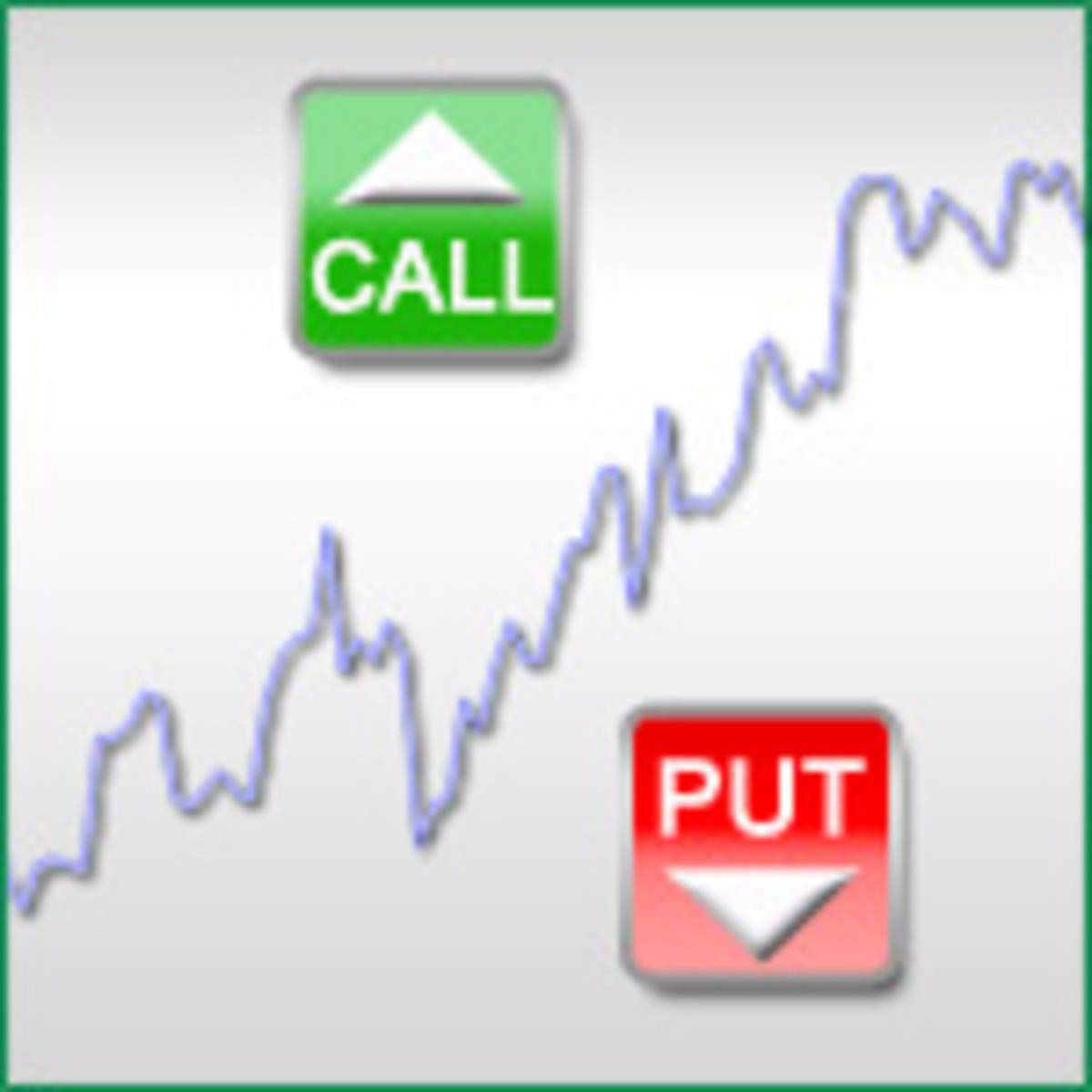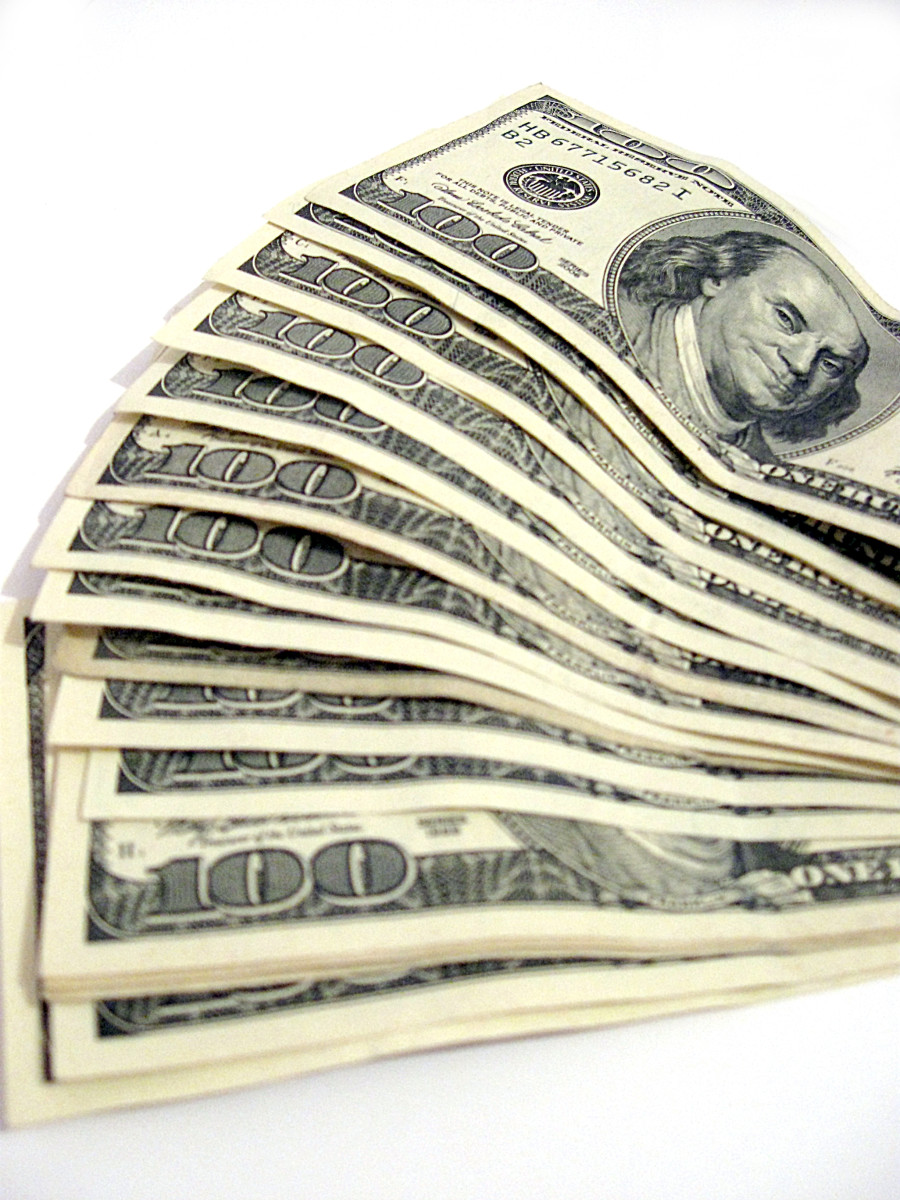The Five Types of Swaps in Financial Markets
Swaps
Equity Swaps, Interest Rate Swaps, Currency Swaps, Commodity Swaps and Credit Swaps are the five different types.
An equity swap can be comprised of a basket of stocks or a single stock or a stock index. In terms of commodity swaps, the underlying asset is usually crude oil even though it really includes all types of goods. Currency swaps and Interest Rate swaps are motivated by comparative advantage. During the recession of 2008, a phrase that came into prominence was the credit default swap (CDS). It can be a difficult concept to grasp. Basically, if the bond or a loan is defaulted, the buyer of the CDS stands to benefit by getting a big payoff.
Equity Swap
An equity swap is a type of Delta One product. This is really great for meeting an investor’s diversification goals because it combines several underlying securities and therefore the owner has a simple approach to use a single product to get the exposure of a basket of securities. Equity swaps are great investment tools to offer an investor leverage like derivative products. Lets look at an example to illustrate how great they can be. If X owns 100 shares of a Technology Company and believes that he will see a drop in the share price of that firm, he could utilize an equity swap to mitigate risk. He does this so that he doesn’t lose any voting rights he has on the board and at the same time does not get affected by any returns on the stock.
Interest Rate Swap
Interest rate swaps are great for speculating and hedging and the two parties involved will now exchange cash flows on the interest rate. There are different types and they can be for different currencies as well. Fixed-for-floating rate swaps, floating-for-floating rate swaps and fixed-for-fixed rate swaps are all done with this derivative instrument. Interest rate swaps are great for arbitrage as well.
Currency Swap
The idea of comparative advantage is what fuels a currency swap which has two primary uses. One is to get inexpensive debt by borrowing at the best rate in the market irrespective of currency and then exchanging for debt in the currency that an investor wants. The second use is to lessen the exposure to movements in the exchange rate which is also a way to hedge.
Commodity Swap
A commodity swap is a great way to capitalize on the market price of a commodity by getting some fixed payments after paying a fixed price to a financial institution. This is how a user of a commodity would invest in this type of swap but there is also a way for a producer to receive fixed income for the commodity by compensating the market price to a financial institution. Oil is the commodity that is mostly used.
Credit Default Swap
Although, credit default swaps have been given a lot of coverage, they are definitely the easiest type of swap for me to understand. I really want to go into more detail with this in another post and with other different types of swaps that I have mentioned here. For now, just wanted to let you know that this was how John Paulson was able to make $3.5 billion in 2007.








